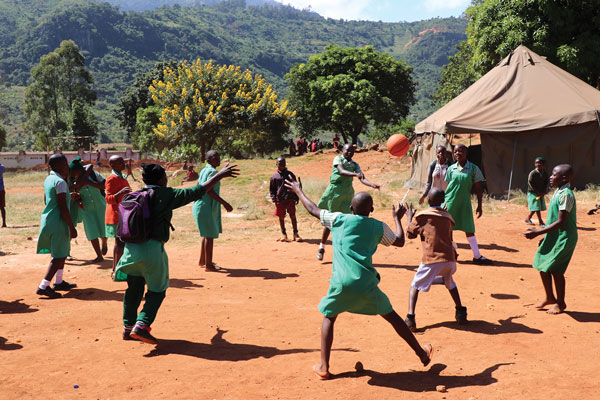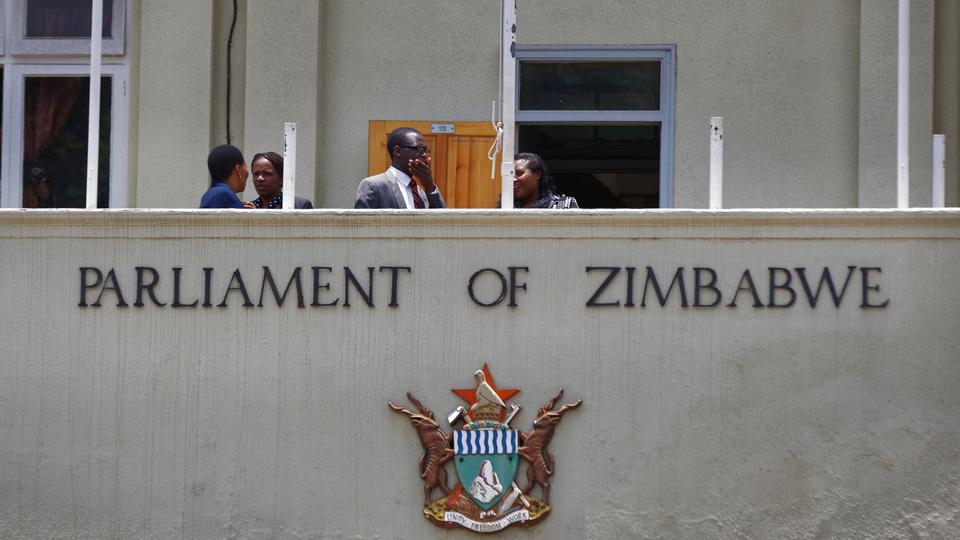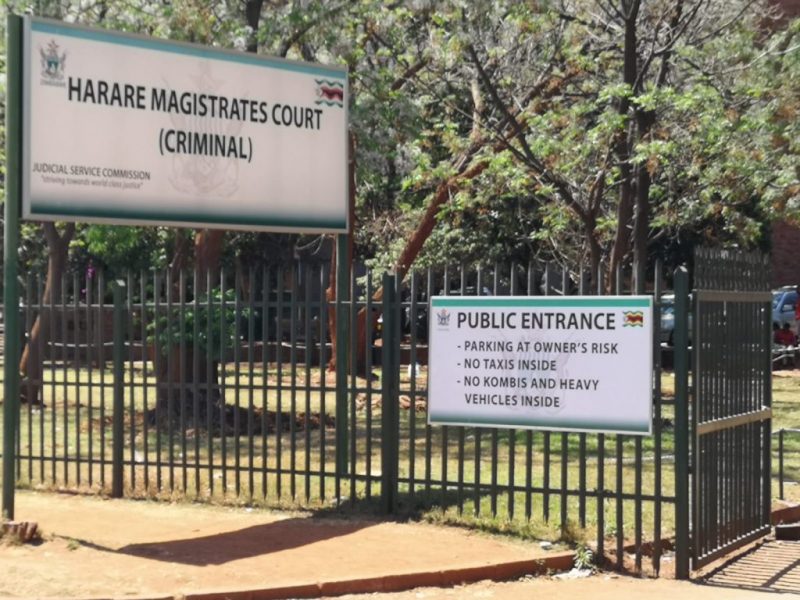
OUTSIDE the borders of Chimanimani, Chipinge and Bikita districts — offline and online — the story of Cyclone Idai is dying and could soon be forgotten, relegated to the archives of history.
BY AUDREY MUTASA
The hashtags on the disaster are no longer trending on Twitter, and the roads that lead to the most affected areas, Ngangu Township of Chimanimani and Kopa Growth Point in Chipinge are no longer jammed by dozens of trucks carrying relief aid.

Since the night of March 15, when Cyclone Idai ripped through ill-prepared Zimbabwe and left a trail of devastation, two more cyclones — Kenneth and Fani — have hit Africa and Asia respectively, shifting the world attention from Zimbabwe.
Back in the capital, Harare, the government — which made a yet to be accounted for $50 million pledge towards the Cyclone Idai disaster — is facing a failing economy, characterised by a crippling currency crisis, acute fuel shortages and electricity outages as well as the skyrocketing prices of basic commodities.
This has effectively helped to relegate the story of Cyclone Idai to the dustbin.
For the affected, however, the long-term effects of the disaster are just beginning, and last week, when schools officially opened for the second term and for the first time after the disaster, it was the beginning of a sad chapter for the teachers and the children, who had to return to class without their colleagues and teachers who died in the disaster.
“It was a nightmare, imagining I will no longer sit next to my friend,” Shamiso (not real name), a Grade 7 pupil who lost her friend to the disaster, said, her eyes filled with tears. She is not alone.
- Chamisa under fire over US$120K donation
- Mavhunga puts DeMbare into Chibuku quarterfinals
- Pension funds bet on Cabora Bassa oilfields
- Councils defy govt fire tender directive
Keep Reading
Dzingire was the hardest hit school, and its headmaster, bursar, two teachers and 50 pupils succumbed to the cyclone.
“It will be a long, cold winter for me, because I would have hoped that my friend made it out, but I only realised on opening day that she is among the people who are still missing. From that day, I am having nightmares dreaming about her,” she said.
In addition to the trauma, some people are yet to be found, with areas like Kopa requiring massive excavation equipment to dig up areas, where bodies could have been buried under the huge swathes of mud, boulders and other debris.
The situation, and the elusive closure for the survivors, who have to move on from the disaster beyond infrastructure rehabilitation, is made complex by the revelations that 82 Zimbabwean victims of the cyclone were buried in Mozambique and government indicated it was not in a hurry to repatriate the bodies for reburial.
Local Government minister July Moyo has consistently extended a begging bowl, in search of external assistance towards the short and long-term management of the disaster. “We still call for more assistance, which is necessary to maintain all affected areas,” Moyo recently told the media.
Non-governmental players like Unicef have stepped in with material and pyscho-social support, targeting the children who have to get back to school and resume lessons.
Working with the Ministry of Primary and Secondary Education, and funded by the German government and the Global Partnership for Education, Unicef has added to their emergency support, long-term interventions in the form of 123 classroom tents, over 100 000 textbooks, and early childhood development and recreational kits.
Unicef, working with government and six partner organisations, has been working in the affected areas since March, providing rehabilitation and sanitation facilities in schools and restoring water systems in communities that serve schools, as well as providing psychosocial bereavement support and trauma counselling to children.
Working with the government’s Department of Social Welfare, social workers have been deployed to affected areas to provide critical protection services for affected children.











